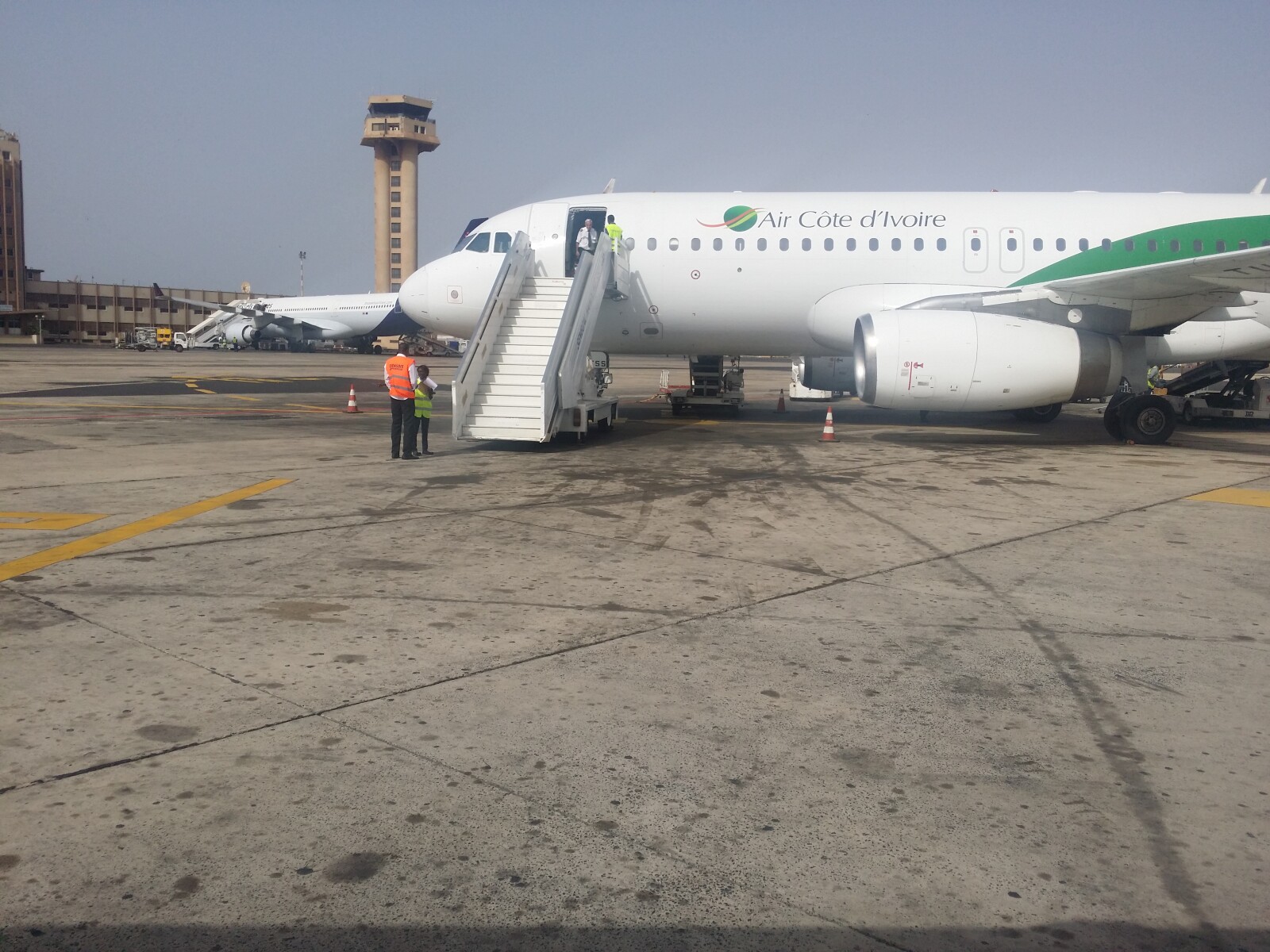Airline Employees Face Injury Risks: Are They Covered
Airline employees are exposed to diverse occupational hazards, leading to various injuries. Amid these complexities, understanding the scope of workers' compensation coverage is crucial. This article explores the injury risks, the extent of coverage, and the role of legal assistance in securing benefits. It provides an insightful analysis for those in the aviation industry, from a standpoint that is knowledgeable about insurance policies and procedures, ensuring a comprehensive understanding of workers' compensation.

Key Takeaways
- Airline employees, such as baggage handlers and flight attendants, face various work-related injury risks, including unruly passengers, COVID-19, falls on slippery surfaces, and being struck by vehicles.
- Common injuries experienced by airline employees include stress injuries from heavy baggage, bending and twisting injuries, mechanical errors, muscle injuries from moving disabled passengers, and noise exposure.
- Workers' compensation coverage allows airline employees to recover costs for their work-related injuries, including medical treatment costs and a percentage of lost wages while recovering.
- It is important for airline employees to report work-related injuries immediately and be aware of the notice requirements set by their state's workers' compensation board to avoid the loss of benefits. Seeking legal assistance from a workers' compensation lawyer can help ensure the correct amount of benefits is received.
Understanding the Risks and Injuries Faced by Airline Employees
In the context of the aviation industry, understanding the risks and injuries faced by airline employees, ranging from exposure to unruly passengers up to and including physical hazards associated with baggage handling, is an integral component in enhancing their safety and ensuring adequate workers' compensation coverage. The impact of COVID-19 has exponentially increased such risks, with employees now exposed to potential viral transmission. This necessitates the implementation of strategies for preventing and reducing injuries among airline employees. These involve enforcing stringent health and safety protocols, promoting personal protective equipment usage, and conducting regular staff training. Moreover, an effective response plan to injury reports and a comprehensive understanding of insurance policies can expedite workers' compensation procedures, ensuring prompt medical assistance and financial support for injured employees.
The Scope of Workers’ Compensation Coverage for Airline Employees
While workers' compensation covers an array of work-related injuries for nearly all industries, the specific scope for airline employees necessitates a nuanced understanding, as it not only provides recovery costs for injuries but also includes benefits like lost wages and job retraining. However, discerning the applicability of workers' compensation laws for airline employees in different states can be a complex task. Each state has distinct laws and benefits, making the process of filing claims and receiving benefits a labyrinthine one. Equally challenging is determining the extent of disability for airline employees under workers' compensation. The unique work environment of airline employees, varying from flight attendants to baggage handlers, makes assessment of disability intricate, often requiring specialized medical knowledge and legal insight.
Decoding the Benefits Provided by Workers’ Compensation
A comprehensive understanding of workers' compensation reveals numerous benefits, including covering medical treatment costs, lost wages during recovery, and even job retraining in cases of significant injury. Amid the COVID-19 pandemic, these benefits have been essential for airline employees exposed to the virus. Workers' compensation has also played a significant role in protecting airline employees from unruly passengers, providing coverage for physical or emotional injury. This insurance mechanism not only ensures that employees do not bear the monetary burden of such incidents, but also encourages adherence to safety protocols. As industry professionals continue navigating these turbulent times, the security provided by comprehensive workers' compensation policies is paramount to maintaining the resilience and functionality of the aviation sector.
Importance of Reporting and Notice Requirements for Workers’ Compensation
Proper adherence to reporting and notice requirements is crucial for airline employees seeking to benefit from workers' compensation following a work-related injury. Understanding these requirements is key to navigating the workers' compensation claims process efficiently. The importance of timely reporting cannot be overemphasized, as delayed or inaccurate reports may jeopardize the claim's success. Employees should report the injury to their employer immediately, providing detailed information of the incident. Subsequently, a formal claim must be filed with the workers' compensation board within stipulated state deadlines. This process requires meticulous detail-orientation, understanding of insurance policies, and knowledge of the aviation industry. Non-compliance with these requirements may result in denial of benefits, underscoring the need for prompt and precise reporting.
The Role of Legal Assistance in Workers’ Compensation
Navigating the complexities of workers' compensation claims, airline employees often seek legal assistance to ensure they receive the correct amount of benefits for their work-related injuries. With an intricate understanding of the aviation industry and insurance policies, lawyers can guide employees through this process, addressing any challenges or complications that arise. Their expertise is crucial in maximizing compensation, particularly in cases involving long-term injuries or permanent disabilities. Lawyers can accurately estimate future medical expenses, facilitating a fair settlement to cover these costs. They are also adept at navigating legal complexities, ensuring that employees comply with reporting and notice requirements to avoid losing benefits. Overall, legal assistance plays a vital role in safeguarding the rights of airline employees in workers' compensation claims.
Case Studies: Airline Employees and Workers’ Compensation Claims
Several case studies highlight the challenges and complexities faced by airline employees when filing workers' compensation claims, emphasizing the need for comprehensive understanding and effective representation in these matters. Recognizing recent trends in workers' compensation claims for airline employees helps to identify common issues and potential solutions. For instance, a case study on a flight attendant who suffered a back injury from heavy lifting illustrates the importance of prompt reporting and accurate medical documentation. Another case underscores the need for legal support when a baggage handler's claim was initially denied due to procedural issues. These case studies on successful workers' compensation claims by airline employees underscore the necessity for clear communication, proactive management, and informed decision-making throughout the claims process.
Frequently Asked Questions
Are There Any Specific Injuries That Are More Prevalent Among Certain Airline Roles?
In various airline roles, certain injuries are more prevalent due to distinct job hazards. Baggage handlers often suffer from musculoskeletal disorders due to repetitive heavy lifting. Flight attendants are at risk for injuries from turbulence and handling passenger luggage. Pilots may experience hearing loss from prolonged noise exposure. The injury statistics highlight the critical need for effective safety measures and comprehensive insurance coverage within the aviation industry, to ensure employee protection.
What Mechanisms Are in Place to Prevent Workplace Injuries for Airline Employees?
Airline employees are safeguarded by several mechanisms to prevent workplace injuries. These include stringent safety training programs that impart knowledge on risk mitigation, proper handling of equipment, and emergency procedures. Furthermore, robust injury reporting systems are in place, ensuring timely documentation and response to any incidents. These procedures, coupled with regular audits and safety drills, form an integral part of airlines' commitment to employee safety and overall operational efficacy.
How Do Workers’ Compensation Laws Differ Between States for Airline Employees?
Workers' compensation laws vary significantly between states, leading to disparities in compensation for airline employees. These differences are due to variations in state regulations concerning benefit calculation, eligibility, and claim procedures. Certain states may provide more substantial benefits or have more lenient eligibility criteria. Therefore, it's crucial for airline employees to understand the specific workers' compensation laws in their respective states to ensure they receive the appropriate benefits for work-related injuries.
How Long Does the Process of Receiving Workers’ Compensation Take?
The process duration for receiving workers' compensation varies, contingent upon factors like claim complexity, state regulations, and the employer's insurance agency. Upon verifying claim eligibility, compensation calculation begins, factoring in medical costs and wage loss. While some receive benefits within a few weeks, others may wait several months. Delays may arise from claim disputes or administrative backlog. Consulting a legal expert can expedite the process and ensure rightful compensation.
Can an Airline Employee Be Fired for Filing a Workers’ Compensation Claim?
Airline employees, like all workers, are legally protected from employer retaliation, such as termination, for filing a workers' compensation claim. Laws, including the Workers' Compensation Act, prohibit such actions, ensuring workers can safely report injuries without fear of job loss. If an employee experiences retaliation, legal recourse is available. Understanding these protections and insurance procedures is crucial for the wellbeing of employees in the aviation industry.
Conclusion
In conclusion, the aviation industry presents a myriad of occupational hazards necessitating comprehensive workers' compensation coverage for employees. The complexity of navigating insurance claims and legal requirements underscores the value of legal assistance. Through a deeper understanding of potential risks, coverage scope, benefits, and reporting requirements, airline employees can better equip themselves to secure appropriate compensation for work-related injuries. The industry must continue striving to ensure safety and equitable compensation for all its workers.

This post has been generated by AI and was not reviewed by editors. This is Not legal advice. Please consult with an attorney.




